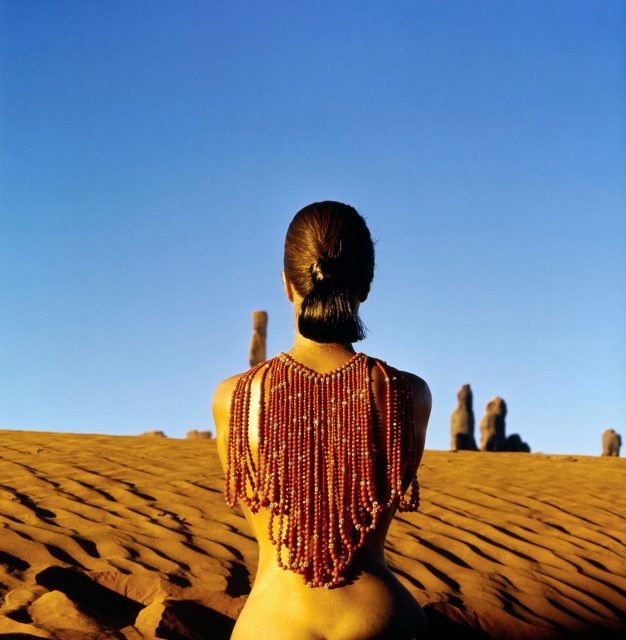Clean beauty is all the rage these days. But what exactly is clean beauty? If you’re confused about what it is, you’re not alone. There is no standard universal definition for clean beauty, which makes it a minefield to navigate.
The cosmetics industry is one of the least regulated industries. In the United States, the FDA— the government monitor of ingredients in cosmetics— has not provided a clear definition of clean, and not much has changed since the Federal Food, Drug and Cosmetic Act was first passed in 1938. That act is older than most cosmetics companies today. Different countries have different regulations governing cosmetics and their safety, so ingredients that are considered harmful and banned from use in cosmetics in some countries, are allowed in others. For example, fewer than a dozen harmful chemicals have been banned or restricted by the FDA in the US, and the law does not require cosmetic products and ingredients to have FDA approval before they go on the market. Compare this to the EU where 1,328 ingredients have been banned from cosmetics because they are known or suspected to cause cancer, genetic mutation, reproductive harm or birth defects. Hong Kong on the other hand, has quite relaxed regulations around cosmetics and skincare products. If another major market in the world— like the US— has deemed the product safe to sell then Hong Kong defaults to this. Your favourite skincare or beauty products could contain plasticisers, surfactants, and harmful preservatives which can enter your bloodstream and bioaccumulate in your system due to chronic exposure.
Clean beauty is ultimately about safe, non-toxic ingredients. They are products that are created without the use of ingredients proven or suspected to cause adverse health effects, like endocrine disruptors, carcinogens or allergens, and they can be synthetic or natural. These products eliminate aggressive ingredients and toxic chemicals like artificial colours, and irritants like sulphates and fragrance. Transparency here is key. Always check the product’s ingredients label, and look for ingredients that are ethically sourced and made with the health of our bodies and the environment in mind. Don’t believe the hype and marketing. It’s up to you as the consumer to do your research on the products you put on your hair and skin.
Want to clean up your beauty routine but feel overwhelmed and don’t know where to start? You don’t have to get rid of everything in your bathroom cabinet. Start by swapping out products you use the most and that have long-term exposure on your skin, like body lotions and moisturisers for example, deodorant, or sunscreen which you wear every day. If you find a clean product that performs better than the conventional product you are currently using, swap it out. Do you have a particular concern you need to address, like sensitive skin, or allergies? Prioritise this and eliminate known skin irritants from your cosmetics and skin care routine.
Here are some controversial and irritating ingredients you might want to avoid.
Perfume or Fragrance
Perfume is not a single ingredient but is made up of over 3000 undisclosed toxic ingredients and chemicals including a variety of carcinogenic chemical additives like benzene derivatives, aldehydes, toluene, phthalates and a number of other toxic chemicals which get absorbed and inhaled when applied to the skin.
Parabens (methyl-, propyl-, butyl-, isobutyl)
These are commonly used as preservatives in many skincare products. Studies show that they can mimic oestrogen in the human body and have been linked to thyroid disruption and detected in human breast cancer tissues.
Phthalates
Found in nail polish, hair sprays, aftershave lotions, soaps, shampoos, and perfumes, this plasticiser keeps skincare products and cosmetics soft and pliable, and helps fragrances last longer. Phthalates may disrupt hormones and have been linked to reproductive harm, obesity, and diabetes.
BHT and BHA (Butylated Hydroxytoluene and Butylated Hydroxyanisole)
These are synthetic antioxidants used as preservatives in lipsticks and moisturisers that can cause allergic reactions. BHA has been classified as a possible human carcinogen and may interfere with hormone function.
Formaldehyde and formaldehyde releasing preservatives
This antibacterial preservative found in nail polishes and keratin smoothing treatments is a known allergen and skin sensitiser, is linked to immune-system toxicity and respiratory irritation, and is a recognised carcinogen in large amounts.
Talc
It seems harmless enough but in recent years this clay ingredient – used in eyeshadows, face powders and other personal care products – has raised asbestos contamination concerns, which has been linked to breast cancer.
Triclosan
A synthetic antibacterial agent found in soaps, detergents, hand sanitiser and skincare products. It is linked to allergies such as skin and eye irritation and may be linked to disruption of thyroid and hormone function, the development of superbugs and disruption to your microbiome.
Sodium Lauryl Sulfate (SLS) and Sodium Laureth Sulfate (SLES)
These surfactants are what makes shampoos, facewashes, detergents and bodywashes foam. It’s a known skin sensitising ingredient, a skin and eye irritant, and can cause dry and flaking skin, allergies and redness.
Coal Tar (Carbon Black or Black No.2 D&C)
Derived from petroleum and used in lipsticks, eyeshadows, eyeliners, mascaras and dyes. Can cause skin irritation, resulting in acne and allergic breakouts. Studies have shown that coal tar is a carcinogen.
Chemical UV filters like Oxybenzone and Octinoxate
Linked to hormone disruption, allergies and possible carcinogens. A recent study also found that certain chemical UV filters are appearing in higher concentrations in our bloodstream than recommended by the Food and Drug Administration’s threshold. Octinoxate and oxybenzone are harmful to coral reefs and have been banned in Hawaii.
Editor
Diana d’Arenberg

